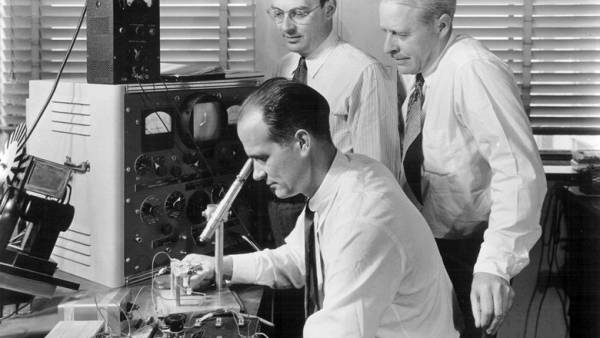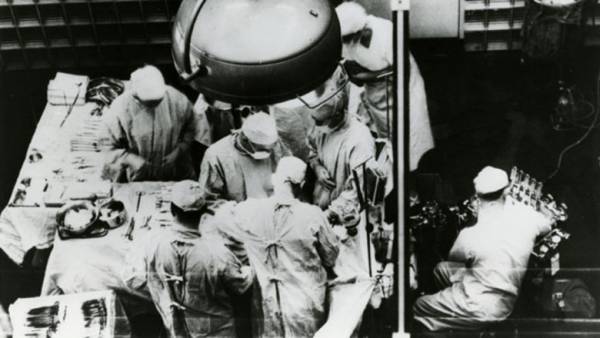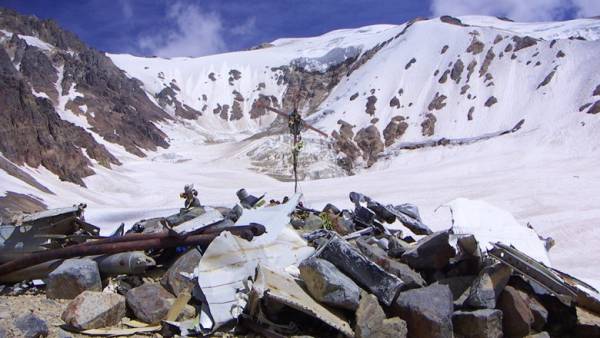
Demonstration of the transistor at Bell Labs
On December 23, 1947, the experimental design division of Bell Telephone Laboratories of the American Telephone and Telegraph company held a presentation of a semiconductor bipolar amplifier device. This day was considered the date of birth of the transistor. The presentation of the first solid-state transistor marked the beginning of a new era in the development of mankind — the era of semiconductor electronics.
Execution of Beria
On December 23, 1953, Lavrenty Beria, the long—time head of the Soviet special services, Hero of Socialist Labor, Marshal of the Soviet Union and one of the most sinister figures of the Stalinist regime, was shot in the bunker of the headquarters of the Moscow Military District by a court verdict. Together with him, six of his closest associates, the security forces, were shot.
He was accused of espionage in favor of Great Britain and other countries, plans to eliminate the Soviet system, moral corruption, abuse of power, falsification of thousands of criminal cases and organization of repression.

The first successful kidney transplant operation
On December 23, 1954, in the USA, plastic surgeon Joseph Murray performed the world’s first successful related kidney transplant from a homozygous twin.
In October 1954, a young man, Richard Herrick, was hospitalized with kidney failure. He had a twin brother, Ronald. A team of surgeons performed a trial skin graft between the brothers in order to confirm the identity of their tissue phenotypes. On December 23 of the same year, a kidney transplant was performed. Richard lived 9 years after the operation and died from a relapse of the underlying disease.
Academician Sakharov returned to Moscow from exile
In 1979, when Soviet troops entered Afghanistan, academician and Nobel Prize laureate Andrei Sakharov made three statements condemning this action and called on the Soviet authorities to return troops to their homeland.
On January 22, 1980, he was detained and, without investigation and trial, together with his wife Elena Bonner, was exiled to the city of Gorky (now Nizhny Novgorod), where a round-the-clock police post was installed in his house. During his exile Sakharov held three of the longest hunger strikes.
In December 1986, after almost seven years of imprisonment, the academician was released from Gorky exile. On December 23, Sakharov returned to Moscow with his wife.
“Miracle in the Andes”
On December 23, 1972, rescuers found passengers of flight FH-227 in the Andes, which crashed in the mountains two and a half months before. The aviation accident occurred on October 13, 1972. There were 5 crew members and 40 passengers on board (members of the Old Cristians rugby team, their relatives and sponsors). On the approach to Santiago, the liner got into a cyclone, crashed into a rock and collapsed at the foot of the mountain – the extinct volcano Tinguiririca.
12 people died in a fall and collision with a rock, 5 died later from wounds and cold, then 8 more people died in an avalanche, and later three more died from wounds. The survivors had a minimal supply of food and no heat sources. To survive, people were forced to eat the bodies of dead passengers. Only after 72 days of trials, 17 survivors were rescued, and these events were later called the “Miracle in the Andes”.